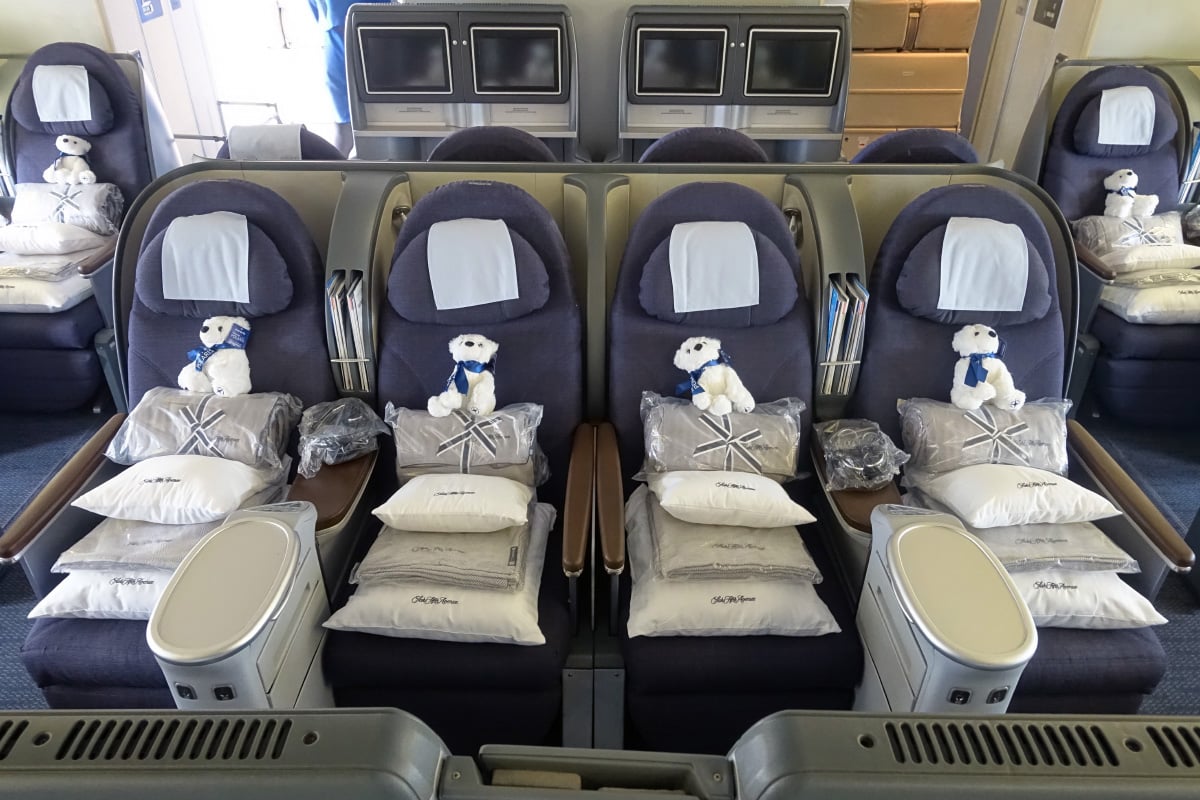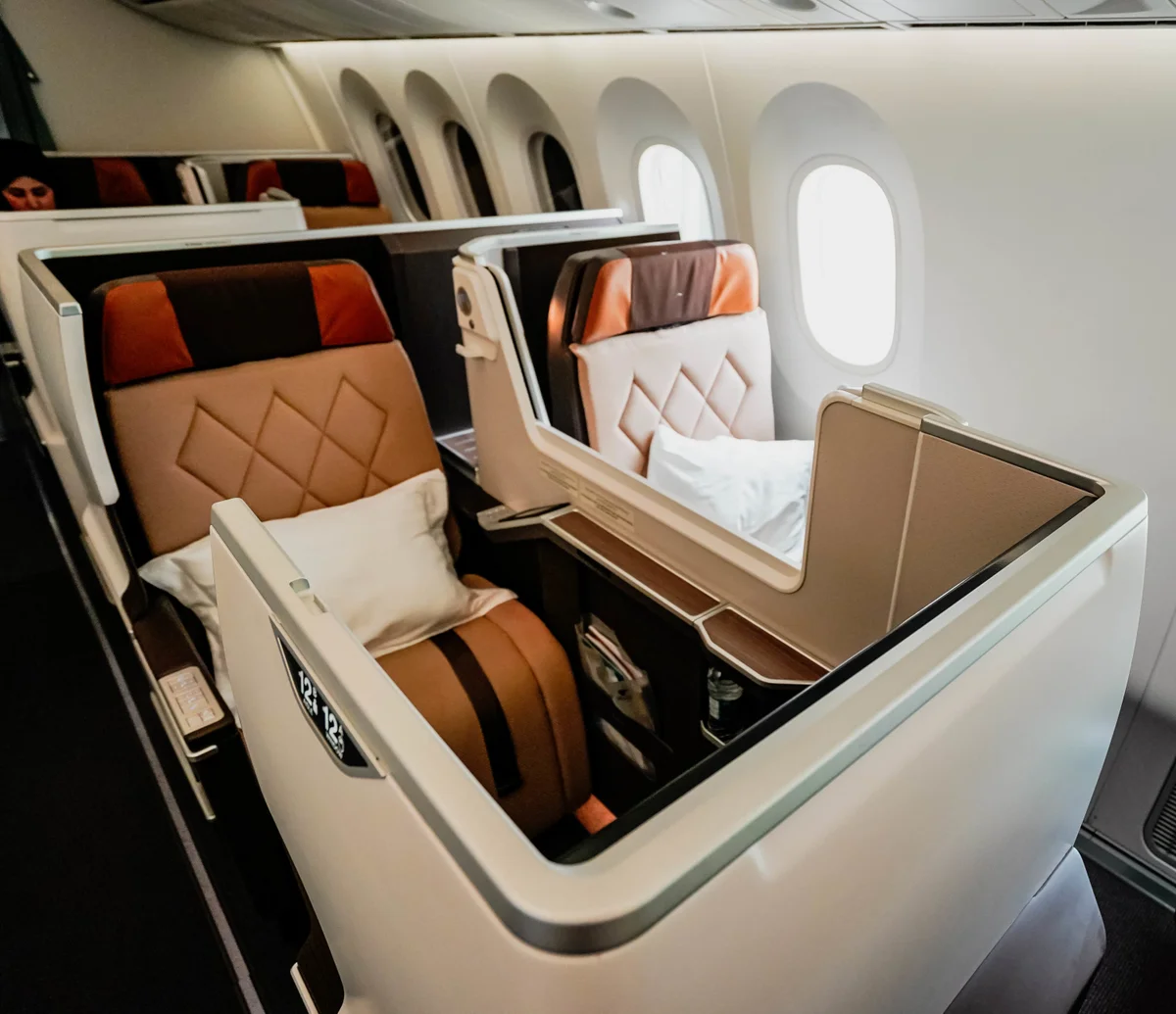There’s a strange paradox in aviation right now: some of the best run airlines in the world can’t seem to nail their premium experience.
They’re operationally slick, punctual, financially sound, and their crews couldn’t be friendlier, yet when it comes to Business and First, you’re still staring at a 10 inch screen, eating reheated pasta, and wondering why your “lie flat” seat slopes like a hinterland farm stay carpark.
The reason isn’t incompetence. It’s strategy. And money.
Many of these airlines, think Qantas, American Airlines, United, Air New Zealand, Singapore Airlines‘ regional subsidiaries, or Japan Airlines’ domestic routes, know exactly what they’re doing. They’re prioritising efficiency, yield management, and fleet utilisation over cabin glamour. In other words, they’re good at being airlines, not luxury hotels at 40,000 feet.
Curated news for men,
delivered to your inbox.
Join the DMARGE newsletter — Be the first to receive the latest news and exclusive stories on style, travel, luxury, cars, and watches. Straight to your inbox.
In the premium cabin game, product refresh cycles can run a decade or more. What looked cutting edge in 2014 is practically archaeological today.

When management finally signs off on a new seat, it has to survive endless rounds of engineering, certification, and supplier delays, often across multiple aircraft types.
The result? By the time that shiny new suite actually flies, it’s competing with a competitor’s newer, better version.
Then there’s the bean counting reality.
A fully refreshed business cabin costs millions per aircraft. For many carriers, the math simply doesn’t work when most of their routes are under eight hours or when premium traffic isn’t consistent year round. It’s why you’ll find cutting edge seats on a flagship Sydney to London route and the same tired recliners on a Sydney to Singapore hop.
Brand philosophy also plays a part.
Some airlines, particularly legacy flag carriers, see premium travel as a necessary evil, not a profit driver.
They know the money’s in the middle: corporate travellers on discounted business fares, high yield economy passengers, and freight. I feel most American airlines fall into this black hole but we’re seeing this change thanks to Delta’s very cool business cabin.

So instead of rolling out suites and caviar, they quietly spend on what matters more to them, fuel efficiency, staff retention, and fleet reliability.
Contrast that with Emirates and Qatar Airways. These carriers treat Business and First as the core of their brand narrative, a billboard at 35,000 feet. They’re not just selling a seat; they’re selling an identity. You remember the Dom Pérignon, the sliding doors, and the pyjamas.
For airlines like Qantas or United, that kind of theatricality doesn’t align with their culture of pragmatic reliability. They want to be good, not OTT glamorous. That said, I would not exactly put QF in the same box as UA when it comes to the premium cabins.
The irony is that customers remember glamour. When you drop ten grand on a ticket, you expect a story worth telling, not a good spreadsheet. And that’s where the world’s “good” airlines often stumble. They’ve mastered the logistics, the safety, the punctuality, but they’ve forgotten the fantasy.

At a time when private jets, boutique carriers, and ultra premium cabins are resetting expectations, the best airlines in the world risk being remembered for everything except their premium experience. Because in luxury travel, competence alone doesn’t cut it.
You have to make people feel something, and no Google Sheets spreadsheet can teach that.

